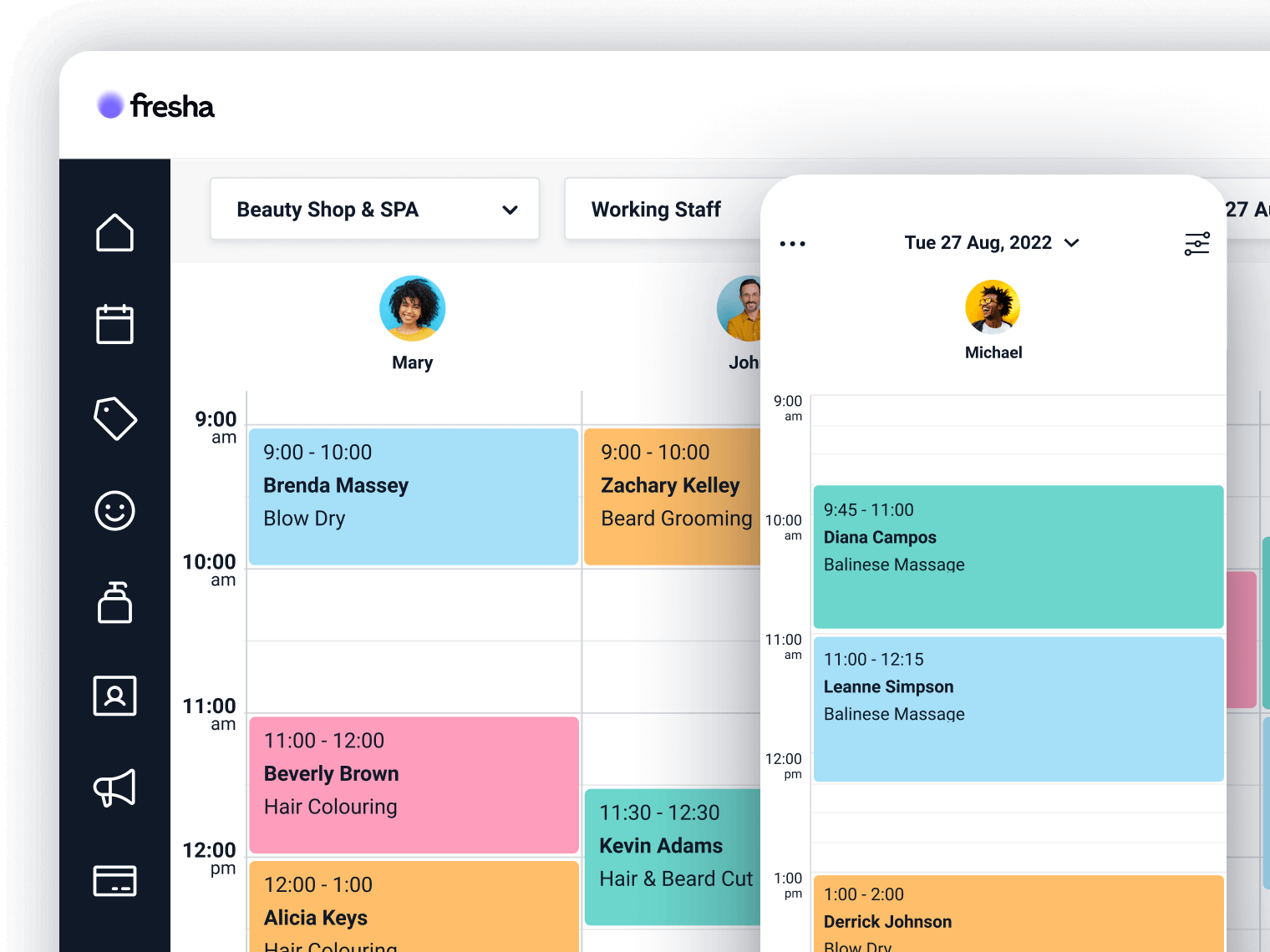Are You Charging Enough? The Pricing Mistake 68% of Hair Professionals Are Making

You opened your hair salon because you had a vision for real success and growth. But, if you’re booked and busy yet not seeing the profit of back-to-back days, there’s a good chance you’re making the same mistake that 68% of hair professionals make: you’re not charging enough.
We understand that the potential of overcharging your clients and therefore losing them is daunting. However, the truth is, undervaluing yourself is often more damaging than raising your prices. It leads to burnout, blocks your growth, and results in difficulty in getting ahead.

How to Know if You’re Undercharging
1. You’re booked, busy and barely profitable
When creating a business, the main objective is usually to be as booked and as busy as possible. However, this doesn’t necessarily mean you’re guaranteed to pull a profit. If you’re struggling to fit in your lunch break yet still scraping to pay the bills, this is usually a clear indicator that you need to increase your prices.
2. Your prices don’t match your industry standards
A great way to very comfortably analyze whether you’re undercharging is to take a look at businesses in the same industry and location as you. Are they charging more? Comparing yourself to local competitors spells it out in plain sight, and from here, you can ask yourself why your prices are so different and whether this still makes sense for your business.
3. You can’t invest in the growth of your business
If natural business progressions such as hiring staff, upgrading your space, or improving your product stock feels too expensive and almost unreachable, your pricing may be holding your business back. Profit isn’t just for your pocket, it allows you to pour the time and effort back into your business and fuel the growth that a business needs to thrive.
4. The client never hesitates
If no one ever hesitates at your prices, they’re likely a little too low. Clients expect to pay more for quality, and a little hesitation is usually a great indicator that you’re hitting the right value.
5. You’re doing too many freebies
If you’re constantly throwing in extras at no additional cost such as toners, fringe trims, beard shaping, etc. those small costs quietly eat into your time and product costs. Every add-on should either be priced in or offered as a paid upgrade.
Here’s what to do next…
1. Determine your worth
First things first, you need to figure out exactly how much you should be charging. The basic principle here is that the money you make from each service should cover your expenses and a little extra (aka profit).
Also, consider seasonal fluctuations and rising overheads. For example, energy costs may spike in the winter, or a best-selling product may go up in price. These factors should always be built into your pricing strategy, never absorbed as a loss.
Finally, look around. Take into account what your surrounding competition is charging and relate this back to your services. Are you offering a more premium service and using top-of-the-line products? Customers are always prepared to pay more for better service, so don’t undervalue yourself!
2. Approach your price increase with confidence
Of course, telling your clients that your prices are going up can be daunting. However, most clients understand value and will respect your decision if it’s communicated clearly and confidently. Let them know in advance, explain the reasons behind the increase (this could be better products, advanced training, inflation, etc.) and focus on the continued value they will receive.
3. Start with small increases
If a major increase feels too uncomfortable for you, start small. Raise your prices by 5-10% to begin with on your most in-demand services, or the ones that take the most time or product. You can also test this pricing on new clients first, then gradually rolling it out onto your regulars. Your returning clients are loyal because they love your services, so you may be pleasantly surprised at how smoothly this goes!
4. Implement annual reviews
Rather than waiting until you have no choice but to raise your prices, build a financial review into your annual routine. This may align comfortably with your end of the financial year. This will help you check in on your expenses, your time, and your goals, and you can adjust accordingly. Even minor yearly increases will help keep you aligned with rising costs and keep your business on track for sustainable, long-term growth.
Not signed up to Fresha yet? Check out what the world’s #1 online booking platform can do for your business.
Already signed up? Log in to manage your appointment calendar, payments, and marketing all from one place.



